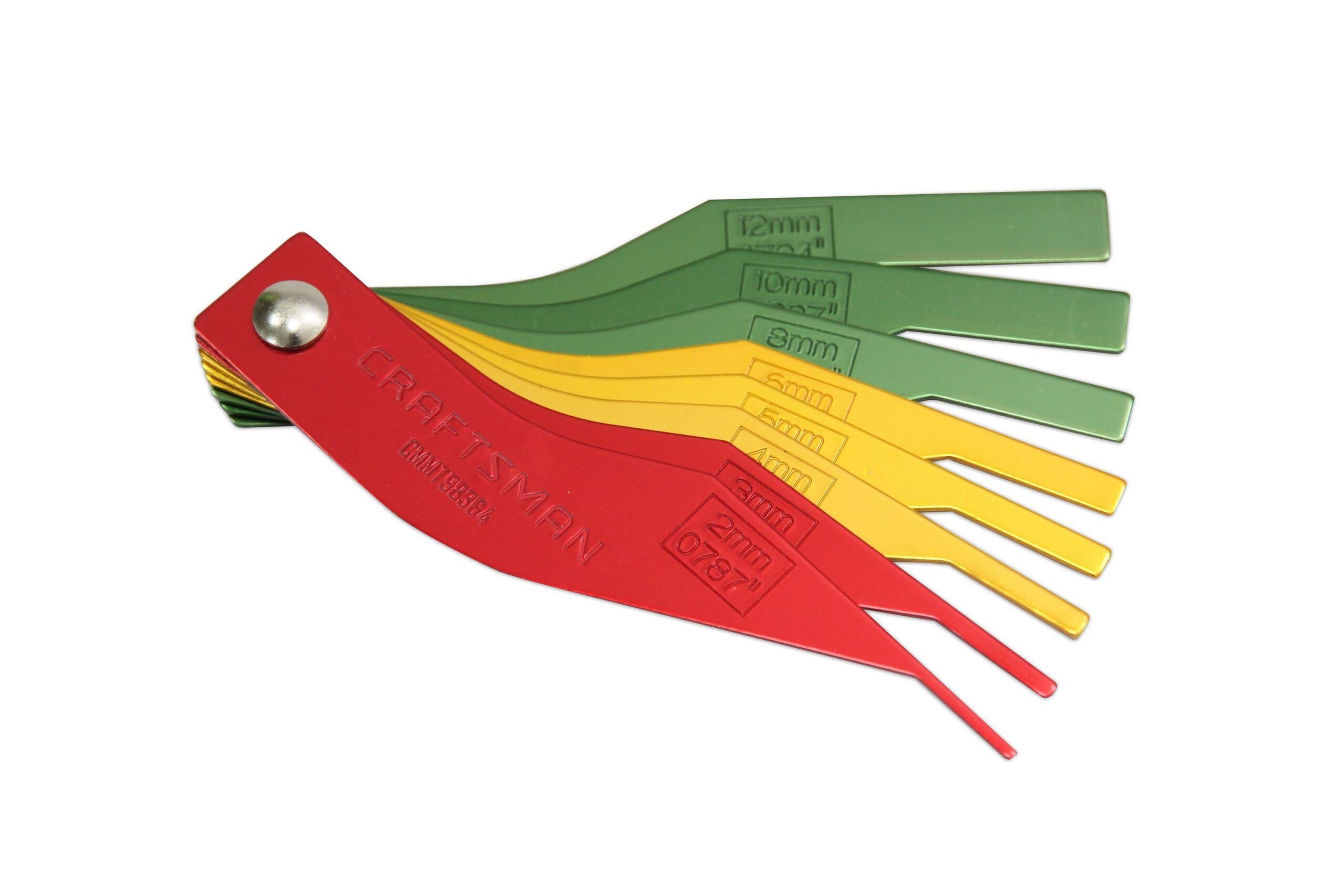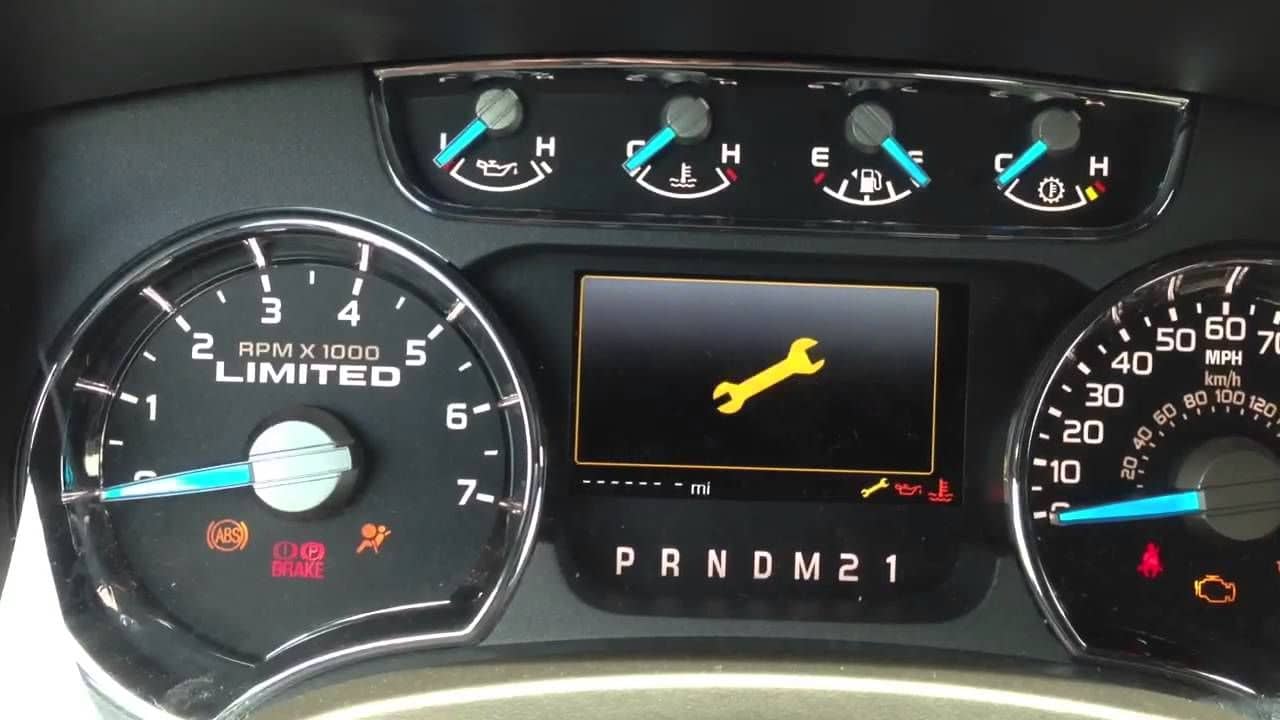Decoding Ford Engine Light: Cracking the Codes

Understanding Ford check engine light codes is crucial for car owners. The check engine light serves as an indicator for potential engine problems, allowing you to address them before they escalate. This article aims to provide a comprehensive guide on decoding Ford check engine light codes, helping you understand the meaning behind those mysterious codes. Additionally, we will also provide troubleshooting tips for common issues that trigger the check engine light.
Understanding Check Engine Light (CEL) and OBD-II
The check engine light (CEL) is a warning light on your car's dashboard that alerts you to potential issues with the engine or its related components. It can indicate problems ranging from minor issues to more serious malfunctions. It's important to note that the check engine light does not necessarily mean that your engine is about to fail, but it's still essential to address the underlying problem.
OBD-II (On-Board Diagnostics) is a system built into most modern vehicles, including Ford models. It provides self-diagnostic and reporting capabilities, allowing technicians to retrieve specific trouble codes that help identify the problem. The check engine light is directly linked to the OBD-II system, making it an essential tool for diagnosing engine issues.
Different factors can trigger the check engine light, ranging from simple issues like a loose gas cap to more complex problems such as a faulty sensor. Understanding the potential causes will enable you to address the issue effectively.

How to Identify Your Ford Check Engine Light Code
There are several methods to retrieve Ford check engine light codes. The most common methods include using an OBD-II scanner and using the key trick method. Here's a step-by-step guide on each method:
Using an OBD-II Scanner
- Locate the OBD-II port in your Ford vehicle. It is typically located under the dashboard, near the steering column.
- Plug the OBD-II scanner into the port.
- Turn on the ignition without starting the engine. The scanner should power on.
- Follow the instructions on the scanner's display to retrieve the check engine light codes. The scanner will provide a specific code or a series of codes.
Using the Key Trick Method
- Insert the key into the ignition and turn it to the "On" position without starting the engine.
- Quickly turn the key back to the "Off" position and repeat this process three times within five seconds.
- After the third cycle, leave the key in the "On" position. The check engine light should start flashing.
- Count the number of flashes. Each flash represents a digit in the check engine light code. The flashes will be grouped, with a pause between each group.
- Refer to the decoding chart specific to Ford vehicles to determine the meaning of the check engine light code.
Decoding Ford Check Engine Light Codes
Ford check engine light codes follow a specific structure. The most common series of codes for Ford vehicles is the P0xxx series. Here's how to decode them:
The first digit in the code indicates the general category of the problem:
- P0xxx: Powertrain related codes
- P1xxx: Manufacturer-specific codes (varies by vehicle manufacturer)
- P2xxx: Generic codes (tested and standardized across multiple vehicle manufacturers)
- P3xxx: Generic codes for hybrid and electric vehicles
The second digit provides additional information about the specific system or component affected by the problem:
- P01xx - P09xx: Fuel and air metering and auxiliary emission control
- P10xx - P19xx: Vehicle speed control and idle control
- P20xx - P29xx: Ignition system or misfire
- P30xx - P39xx: Emission control systems malfunction
- P40xx - P49xx: Auxiliary emission control systems malfunction
- P50xx - P59xx: Powertrain systems malfunction and vehicle speed controls
- P60xx - P69xx: Vehicle speed controls and idling
- P70xx - P79xx: Transmission
- P80xx - P89xx: Transmission
- P90xx - P99xx: Generic powertrain
The third digit provides more specific information about the problem or component affected within the system category.
It's important to refer to the Ford check engine light codes chart specific to your vehicle model to accurately determine the meaning of the code you retrieved.
In conclusion, understanding and decoding Ford check engine light codes is essential for car owners. It allows you to address potential problems with your vehicle's engine before they escalate. By following the troubleshooting tips provided and seeking professional help when needed, you can keep your Ford vehicle running smoothly and avoid costly engine issues. Remember, your check engine light is your car's way of communicating with you - don't ignore it!

If you want to know other articles similar to Decoding Ford Engine Light: Cracking the Codes you can visit the category Automotive Mechanics.
